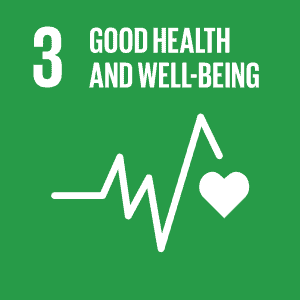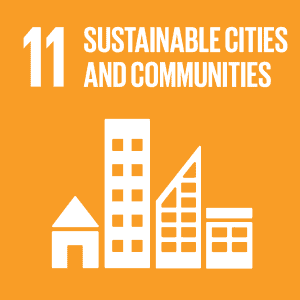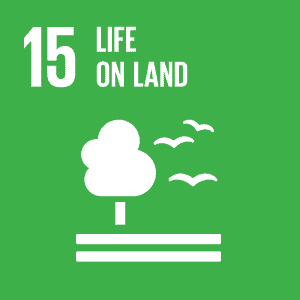Project Profile
Project Location
Mentor, OHProject Operator
Western Reserve Land ConservancyProject Type
PreservationProject Credits
8,784Credit Availability
AvailableProject Contact
Sarah Blakely sblakely@wrlandconservancy.orgWestern Reserve Land Conservancy (the Land Conservancy) is protecting the 91-acre Whittlesey Beach Ridge Forest in Mentor, OH. The Project includes rare, old-growth forest which is located in an area with increasing development pressure. The Project is part of a historic country estate that has been owned by one family for 92 years. Preservation of the site is critical to protect an extremely unique forest in an urbanized environment. Many of the trees on the site are of great size, including three which have been identified as among the top five largest of their species in the state of Ohio.
In addition, the Land Conservancy will operate this site as one of its Signature Parks, allowing public access to over 1.5 miles of walking trails. Upon completion of acquisition, the Land Conservancy will undergo a park planning process with the goal of opening the Project to public access a few years later. Public access will allow pedestrian use for nature enjoyment, nature study, bird watching and other compatible uses not detrimental to the high-quality habitat. The location of this Project in the City of Mentor, and its high density of residential occupants, will provide perpetual public access and human health benefits to the surrounding community.
This is the third project in Western Reserve Land Conservancy’s Carbon Program. Western Reserve Land Conservancy, an accredited land trust, is Ohio’s largest land trust with over 60,000 acres conserved across 24 Ohio counties. The Land Conservancy preserves natural resources that provide multiple environmental benefits and improve the quality of life for residents of Northeast Ohio. Carbon credits are an excellent extension of the Land Conservancy’s mission, furthering conservation goals that will benefit communities, increase valuable open space acreage, and preserve critical wildlife habitat.
Other projects include Bainbridge Forest and Sandy Cross Forest.
Co-Benefits
Forest preservation projects not only reduce carbon dioxide from the atmosphere, but provide ecosystem services or co-benefits that can be quantified. The co-benefits from this project represent a savings (avoided costs) of $195,752 per year, and $7,830,082 over 40 years.
- Rain interception (stormwater management) – 43,821 m3/year, $92,620 per year
- Air quality – 3.02 tons/year, $7,453 per year
- Energy – cooling (electricity) – 133,062 kWh/year, $18,642 per year
- Energy – heating (natural gas) – 5,508,071 kBtu/year, $77,037 per year
Social Impacts
The 17 United Nations Sustainable Development Goals (SDGs) are an urgent call for action and global partnership among all countries, representing key benchmarks for creating a better world and environment for everyone. Well-designed and managed urban forests make significant contributions to the environmental sustainability, economic viability and livability of cities.
The main SDGs for this project are described below, with more detailed information in the Project Design Document.
 The Whittlesey Beach Ridge Forest is located along a major interstate, and preservation of the trees will improve sound buffering and air quality for the city’s 50,000 residents, and especially for students at four schools located within 2 miles of the forest. The forest will also provide public access to nature-based recreation.
The Whittlesey Beach Ridge Forest is located along a major interstate, and preservation of the trees will improve sound buffering and air quality for the city’s 50,000 residents, and especially for students at four schools located within 2 miles of the forest. The forest will also provide public access to nature-based recreation.
 The Whittlesey Forest is located in an urban area in close proximity to residential developments and several schools. Only 2% of the City of Mentor’s land is used for parks and recreation, and only 14% of Mentor residents live within a 10-minute walk from a park. Similarly, only 1% of Kirtland Hills residents live within a 10-minute walk from a park. This project will improve passive outdoor recreation opportunities for residents as well as protect much-needed green space for social, environmental, and economic wellbeing.
The Whittlesey Forest is located in an urban area in close proximity to residential developments and several schools. Only 2% of the City of Mentor’s land is used for parks and recreation, and only 14% of Mentor residents live within a 10-minute walk from a park. Similarly, only 1% of Kirtland Hills residents live within a 10-minute walk from a park. This project will improve passive outdoor recreation opportunities for residents as well as protect much-needed green space for social, environmental, and economic wellbeing.
 The project protects important habitat for two state-endangered bat species, five state species of concern (bat and bird), and five state species of special interest (bird).
The project protects important habitat for two state-endangered bat species, five state species of concern (bat and bird), and five state species of special interest (bird).
Total Credits Issued: 8,784
- 2023: 8,784 credits issued
Total Credits Sold: 4,230
- 2023: 2,370 credits sold
- 2024: 1,855 credits sold
- 2025: 5 credits sold
Total Credits Retired: 4,230
- 2023: 198 credits retired
- 2024: 4,027 credits retired
- 2025: 5 credits retired
Total Credits Cancelled: 0
Total Credits Available for Purchase: 4,554
Registration Documents
Verification Documents
Explore More Carbon Projects
Cleveland, OH
Western Reserve Land Conservancy Carbon Program - Bainbridge Forest
Protecting mature Ohio forest
Mansfield, OH
Western Reserve Land Conservancy Carbon Program - Sandy Cross Forest
Protecting forest for people and habitat
Chattanooga, TN
St. Elmo Forest Preservation
Community recreation and forest protection
